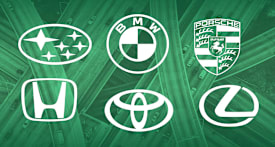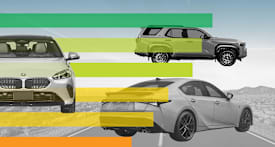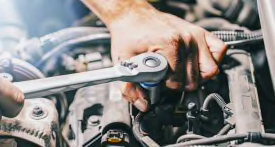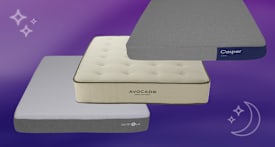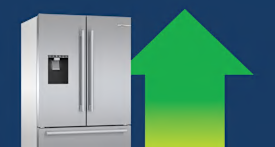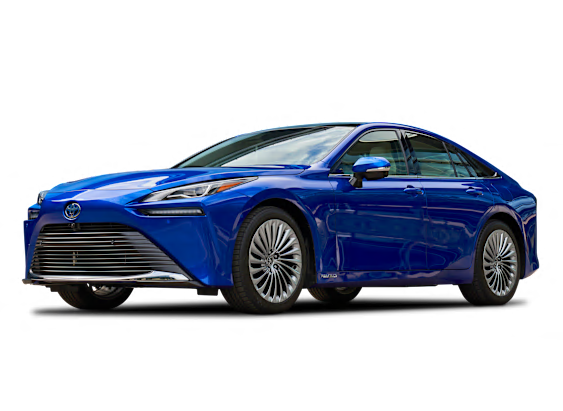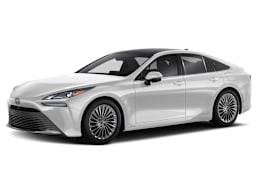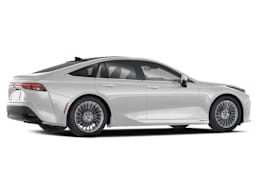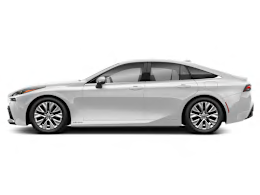Introduction
2021 Toyota Mirai Hydrogen Fuel Cell Vehicle
Toyota gives hydrogen another try with the redesigned sedanOverview
It’s rare that a car’s own merits are overshadowed by the fuel that powers it, but that’s the case with the 2021 Toyota Mirai. Yes, it’s an attractive rear-wheel-drive sedan with impressive interior comforts and high-tech options, but what matters more is that the new-generation Mirai is one of the only hydrogen-powered vehicles on the market, along with the Hyundai Nexo and the fuel-cell version of the Honda Clarity.
Hydrogen-powered vehicles use an onboard fuel cell to generate electricity using ambient oxygen and compressed hydrogen stored in a vehicle’s built-in tanks. The electricity powers the vehicle, and clean water drips from beneath the car as a byproduct of the chemical reaction.
Hydrogen, the joke goes, is the fuel of the future—and it always will be. Despite promises of zero tailpipe emissions and rapid refueling, the infrastructure necessary for hydrogen’s widespread adoption as a fuel for passenger cars doesn’t exist outside of a handful of filling stations. For decades, Americans have been promised "hydrogen highways" across the U.S., but only a few stations exist today. And even if more did, there are concerns about the energy it takes to refine and transport hydrogen, and its efficiency as a fuel for passenger vehicles.
In Japanese, the name Mirai means "future," and we’re certain that Toyota will use the new car as a testbed for tomorrow’s technologies. After all, a hydrogen-powered car is essentially an electric vehicle with a fuel cell providing the energy instead of a large battery.
In the Shona language, however, the name Mirai means "wait," and that’s what drivers will have to do if they want a hydrogen-powered Toyota, unless they live in California. That’s the only state where the Mirai will first be available—starting at $49,500 to buy or $499 per month to lease, including $15,000 of free hydrogen for three years.
